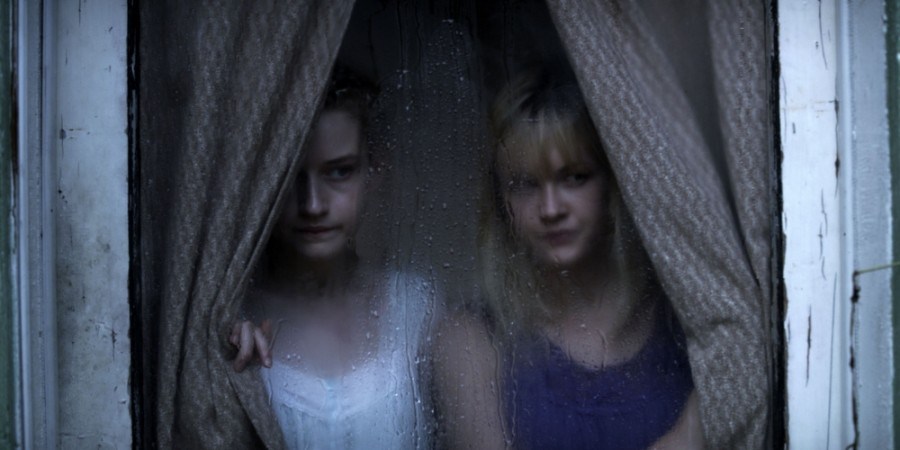When making a scary film, there are only so many directions you can take. Characters, formulas and monsters are recycled again and again through the narrow, dimly lit echo-chamber that has become the horror genre. So it’s refreshing when one surfaces that differs and lets the audience in on a world they haven’t seen before.
Striving for this status is “We Are What We Are,” which revitalizes a horror genre staple usually reserved for stories of dystopian civilizations or ill-fated detours through the Amazon: cannibalism. It was in part because of this semiforgotten subgenre that director Jim Mickle signed onto the project in the first place.
“I think that was something fun,” Mickle said. “I’m a horror movie fan, so it was nice to have something new that wasn’t a vampire, werewolf, zombie, ghost or whatever is the typical thing. To have something that’s ‘Oh wow, I haven’t seen this in a while, this is great.’ ”
It was with this breath of originality that Mickle set out to catch audiences off guard and tell a story of deep-rooted religious cannibalism in North America’s Bible Belt. The result is a half-fleshed midnight B movie as envisioned by William Faulkner.
Mentioning that the film deals with cannibalism isn’t exactly a spoiler. “We Are What We Are” is a remake of a Mexican film of the same name that received quite a bit of acclaim when it debuted in 2010. Also, the remake’s movie poster features two sullen girls and their grizzly father standing ominously over three empty dinner plates. The fact that they eat people is all but written in barbecue sauce beneath the title.
The story follows the Parker family, who is steeped in centuries of backwoods man-eating tradition. After the Parker matriarch dies, the widowed Frank (a stoically convincing Bill Sage) tightens his strict rule on their three children and forces the oldest daughter Iris (Ambyr Childers, who very well could have been a cousin of Jennifer Lawrence’s Ree in “Winter’s Bone”) to assume the duties of preparing people to be eaten during the family’s yearly ritual.
Complicating everything is a torrential rainstorm that has been washing long-buried remains into the lap of curious town mortician Doc Barrow (a scene-stealing Michael Parks). While Iris and her sister Rose begin to question the morality of their annual feast, Frank becomes more fanatical, fearful of losing what’s left of his family. This setup captures much of the creepiness and foreboding of the original Mexican version, which compelled Mickle the most.
“It wasn’t a horror movie about cannibalism — it’s a horror movie about tradition,” he said. “I think that was what was really fascinating about the first one.”
Mickle was careful not to treat the film as a remake but rather a reimagining. Charged with the task of creating an American version for a larger audience, he distinguishes his version by creating a heavy atmosphere and tone that is uniquely Mickle. This involved changing the setting from a dense urban city to the rural deep South.
“I think it would have been the American thing to do to run around and try to come up with an American concept and try to fit (this) story into it,” he said. “I think it was more about ‘Hey, I know what it’s like to grow up in this environment, and I know all the creepy things about it,’ and then I think that’s what’s going to make this work.”
The setting becomes a character unto itself. Long, ponderous shots of crooked woods and gushing water lend nicely to the mood of gothic horror. But where the film succeeds most is not in its horror but in its drama. All that remains once one removes the element of cannibalism is a somewhat slow, disturbing portrait of two young girls trying to break free from the tyrannical rule of their religious father.
Perhaps this would make for a better movie. The characters and story have to constantly tie into the somewhat campy tropes of a family who literally believes in eating people, diffusing some of the emotional and realistic thrust, and the motivations of characters tend to come across as a tad forced.
The ending does offer somewhat of a surprise, though it confuses more than illuminates. It also capitalizes fully on the aforementioned camp, acting more as a punch line than a twist. But at the end of the day, “We Are What We Are” truly is what it is, another horror story with a fresh idea that falls flat once it gets to its bloody, senseless climax.

